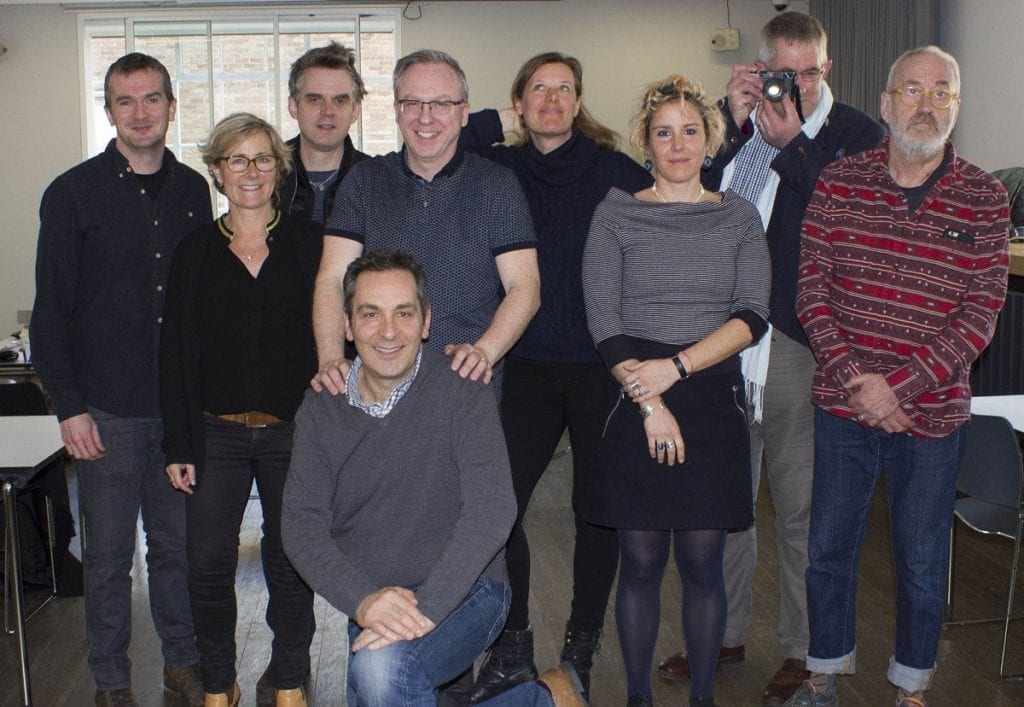Hair curled and dressed in sparkly pink, two girls link hands as they carefully tilt the sleeping infant they’re holding to face the camera. It’s a portrait that brims with tender, childish pride, and one of Paul Wenham-Clarke’s best-known images.
Wenham-Clarke photographed young travellers Cindy and Shirley and baby Terry, who live with their families under the Westway, as part of a wider project about the community around the motorway that runs through West London.
“Originally the travellers were glad to have this place under the road but they’re gradually being assimilated into the general population because their children are going to local schools then onto college, university, meeting and marrying people who aren’t travellers,” he explains. “It won’t be too long until there aren’t any travellers left on this site.”
The series encapsulates the award-winning photographer and Arts University Bournemouth MA Commercial Photography course leader’s twin interests in stories that are right in front of us but overlooked, and groups on the edge of change. These themes run through series such as When Lives Collide, an emotive, hard-hitting study of road traffic accidents, Hard Times, a portrait project about Big Issue vendors and his current work in progress, a portrait series which explores the lives of those affected by genetic conditions.
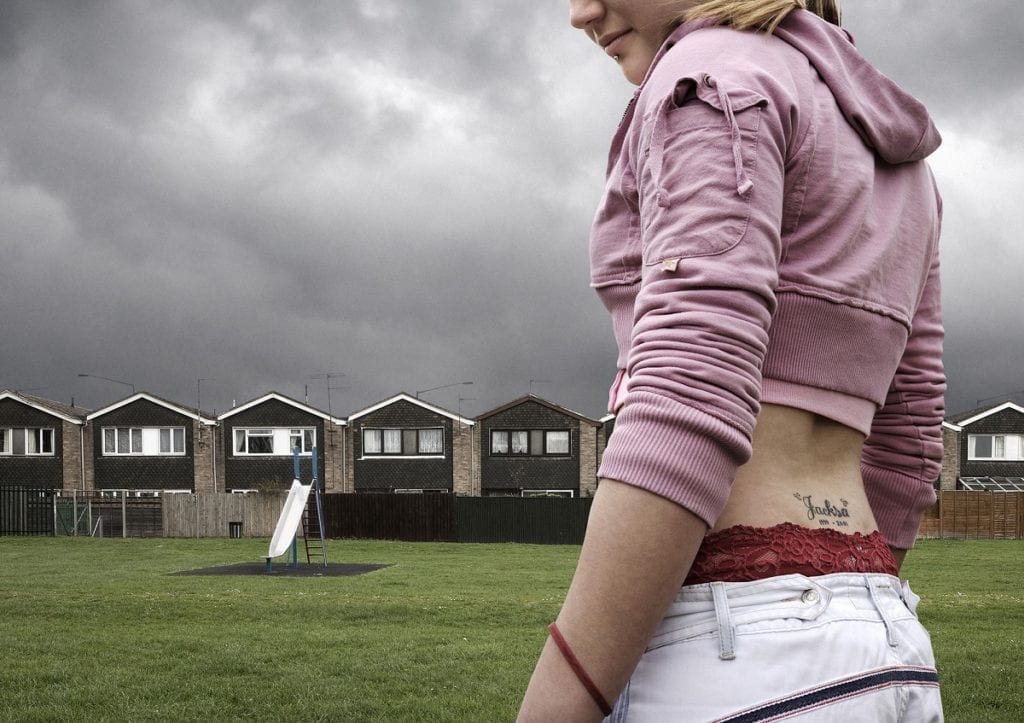
He has since won 18 awards including the Gold and Open Awards from the Association of Photographers, as well as being shortlisted in the Sony World Photography Awards, and has exhibited in prestigious arts venues such as the National Portrait Gallery, V&A and Somerset House.
Throughout his successful career in advertising, Wenham-Clarke continued to shoot documentary in his spare time, as well as teaching, but it was only in 2002-4, when he did an MA and made When Lives Collide, did this came to the fore. Savvy and tenacious, Wenham-Clarke secured a corporate partnership for the project which paid for his time and 13 exhibitions.
Every documentary project he’s done since has had financial backing. And this, says Wenham-Clarke, is down to his commercial background, not his education. Most photography MAs just tell students to get on with their projects and don’t offer real world advice, he says. “People deserve more help than that. It’s a complex industry and it’s changing fast. You have to discuss these things and see where opportunities lie.”
Wenham-Clarke became a professor of photography in 2015 and in the same year started an innovative course, the MA Commercial Photography at Arts University Bournemouth.
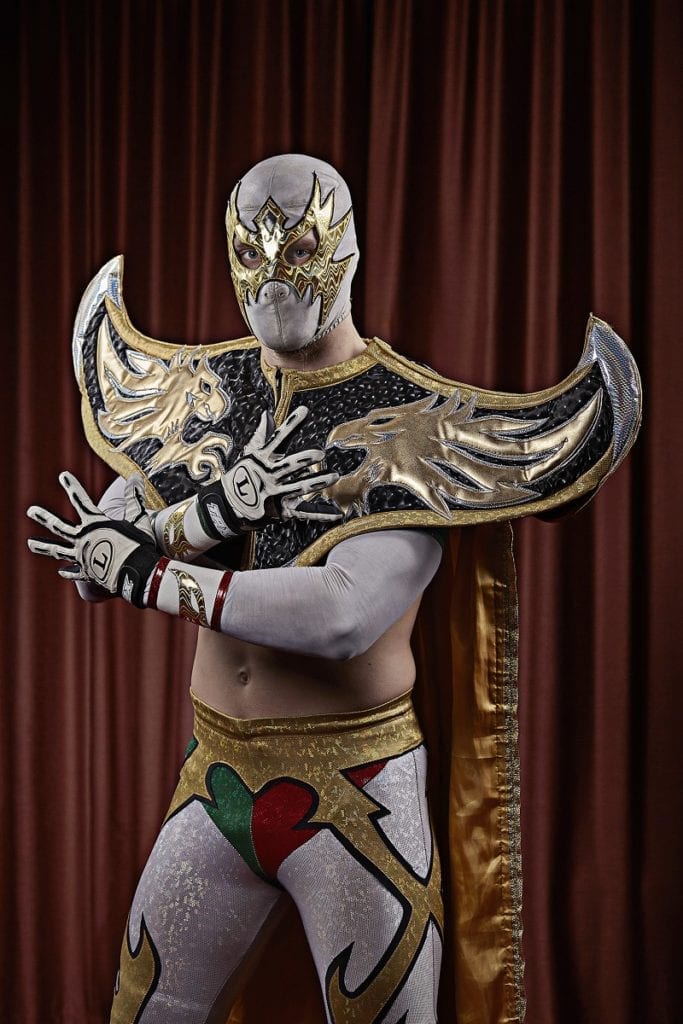
There’s a strong emphasis on practical workshops in skills they’ll need as professional photographers – such as lighting, taught by visiting tutor Rob Payne, whose clients include ITV and Honda, and Jay Simpson a videographer, whose advertising work is shown on Sky TV.
“So many photographers now do stills and video for the same company. I’m making sure they are trained properly, they’re not having to teach themselves on the job,” says Wenham-Clarke. Arts University Bournemouth boasts impressive resources including seven studios, kitted out with industry-standard lighting systems, high-end digital suites, darkrooms and printing facilities.
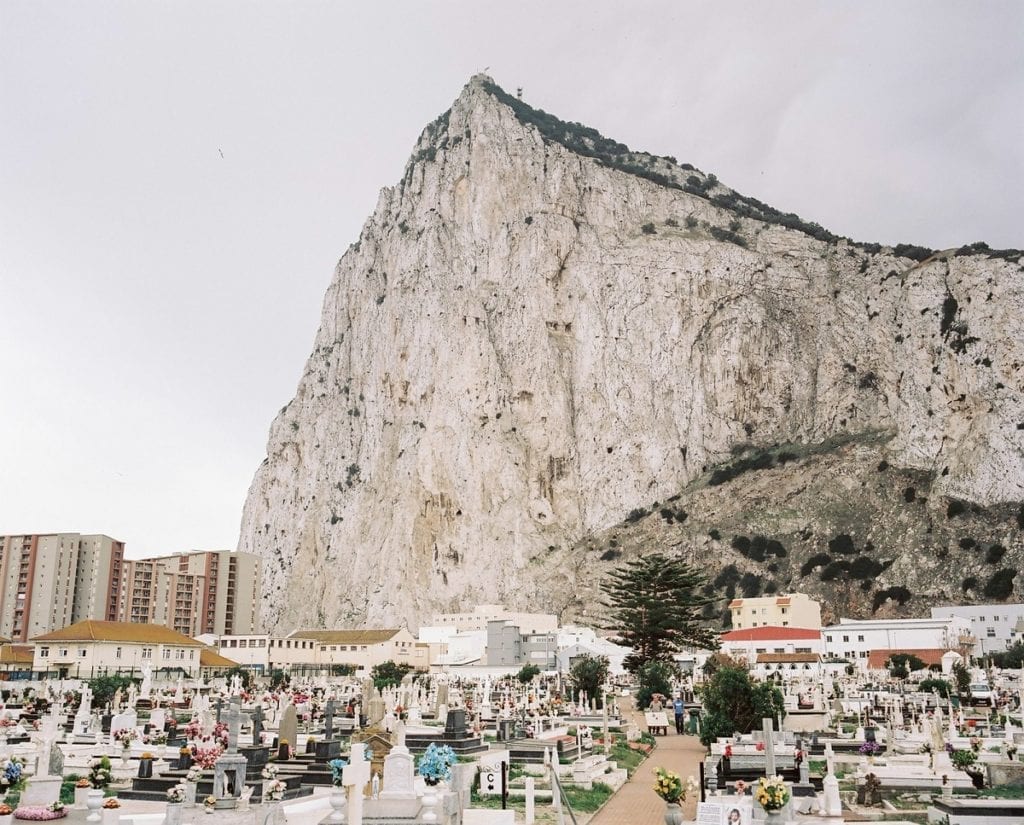
“The mentors are there to give honest opinions about the students work provide an expert insight into the industry, and help the students build a professional network, says Wenham-Clarke. In the last few weeks, one student has assisted both Julia Fullerton-Batten and Gary Salter. “I use all my industry connections to help the students get started” says Wenham-Clarke.
Some students come to the MA Commercial Photography straight out of a BA in photography, others have been in the industry for years. One works in the police’s photography department, for example, but is keen to explore new directions in photography.
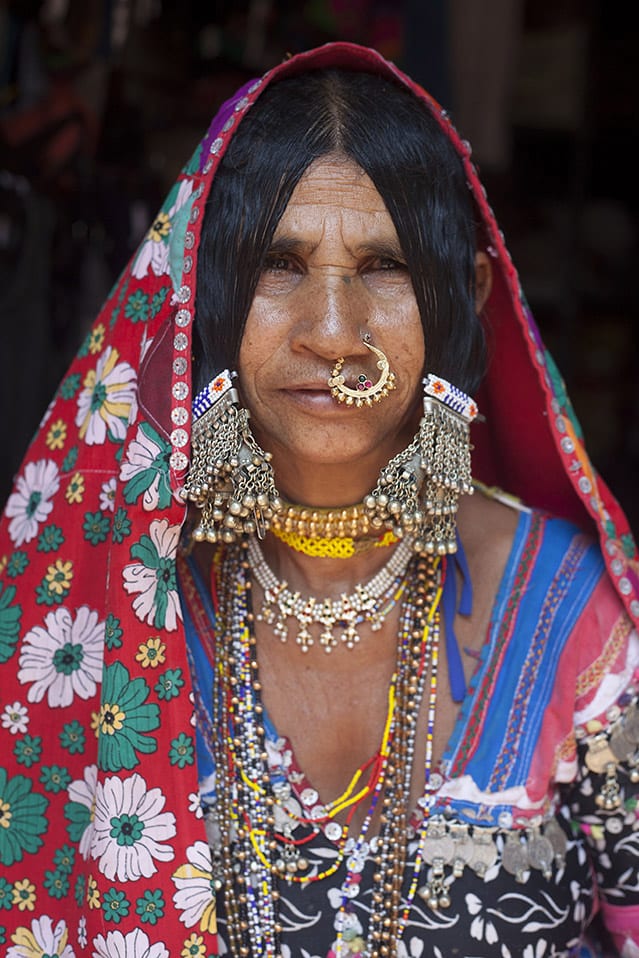
And the approach clearly pays off. At 97.4%, Arts University Bournemouth has one of the highest employability ratings in the country. Richard Tarr, who graduated from the MA Commercial Photography last year with The Magnificent Severn, a project exploring the River Severn, now works internationally doing travel and advertising commissions for clients such as South Africa-based Tomfoolery TV, Sunseeker and Richmond Holidays.
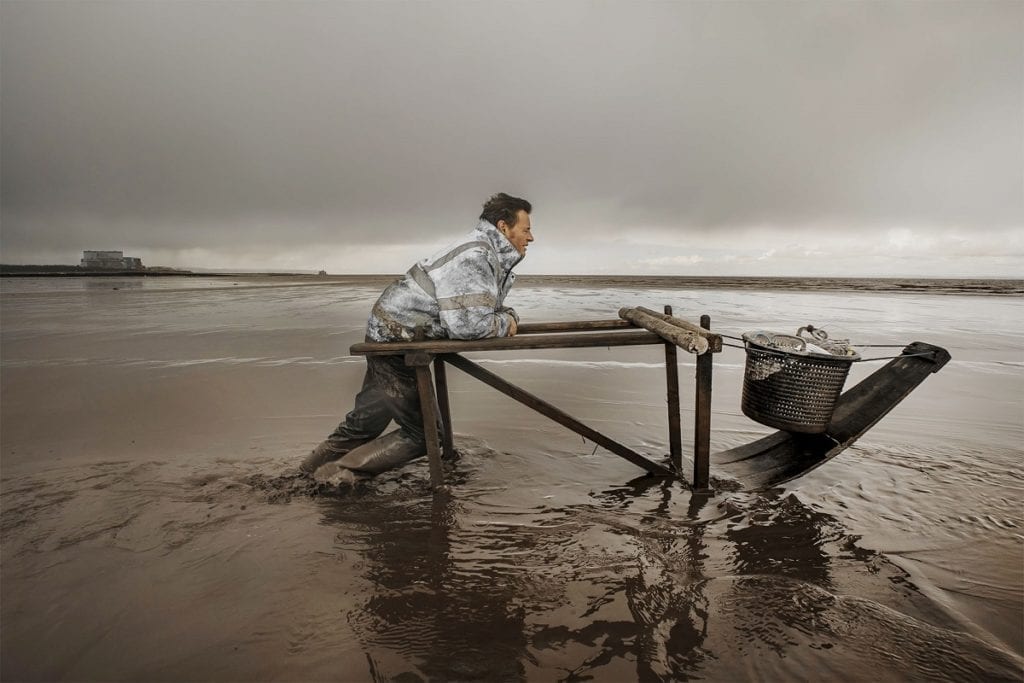
“I don’t mind if you’re shooting fashion, advertising, portrait, editorial, documentary or fine art, but at the end of the day you’ve got to be serious about a career in photography,” he says. “We’re not treating it as a hobby or a pure fine art subject, we’re doing it to build a career.”
Arts University Bournemouth has just been awarded a Gold rating in the Teaching Excellence Framework a new guide for students. To find out more about the course visit the website here.
Applications are open until 1st August, or until vacancies on the courses are filled. Check with admissions@aub.ac.uk for availability.
